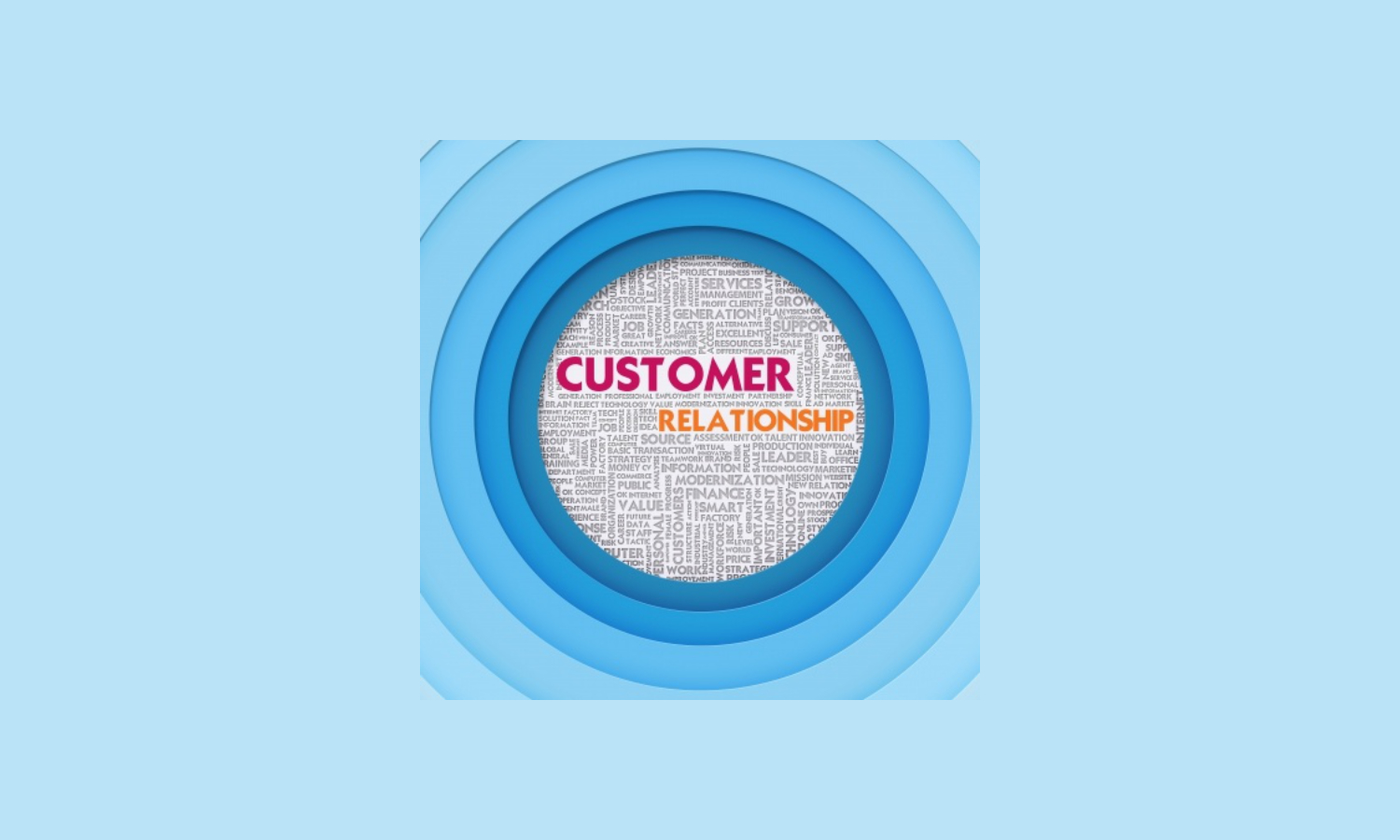Dave Ramsey wrote the book, EntreLeadership: 20 Years of Practical Business Wisdom from the Trenches. In one of his chapters, he reminds the reader that everyone is in sales. When we go to a restaurant, the waiter is selling to us. When we go to the doctor, he/she is selling us on the importance of taking good care of ourselves. As a business owner, we need to look at selling as a way of serving our customers/clients. We are providing for a need, which is a noble profession. In fact, everyone in the company is in sales. There are 4 steps that the seller takes with the buyer:
- Qualifying the buyer – failing to qualify buyers will result in a horrible experience for both parties. Does the client have the budget for what you are selling? Does the customer have the time to spend to use the item? Does the customer need or want what you are selling? Does the person you are speaking with have the power to make the purchase decision? Take time to ask questions of your prospective client to confirm they are a good fit for what you are offering. As I think of this step for AdminBooks, one qualification that a potential client must meet is that they are willing/agreeable to use QuickBooks. If they need assistance with any other financial software, we are not a good fit for each other.
- Building rapport – this may seem obvious, but it is important that the buyer trust the seller, the company, and the product. Take time to find common ground. The best potential client is one that a current customer has referred. Make sure you do some research on the person you will be meeting with before you start the conversation. The internet is great for checking profiles and company websites. Keep in mind that the sales conversation needs to be spoken in the buyer’s language. For example, buyer A may want all the details, while buyer B couldn’t care less and just wants to know the bottom line.
- Educating and providing information – Dave says this step is where you must serve the person, don’t sell to them. The seller must know the history and details of the product or service. The seller must believe in and be passionate about the product and the company. Be transparent and honest about the competition – know why your service is better than the business down the street. A good salesperson listens to the buyer, asks questions, and makes a suggestion. Have a conversation to find out what is important to the buyer. Demonstrate to them the value of your project/service. Always focus on the benefits: what will the product or service “do” for the buyer. For example, to sell massages, communicate how the buyer will feel after the session. For the person at the restaurant, don’t explain the details of the type of steak, but how the flavorful juicy steak melts in your mouth.
- Closing the purchase – If you do the first three steps well, the customer will naturally buy. When a person enters a restaurant, you assume they will order food. Assume the buyer will purchase – just take the order and serve the customer. Make sure you ask if they have any questions – then shut up! Be comfortable with silence. Closing works when you give them options…“did you want to purchase one item or all five to get the discount?” Or, ask when they want to get started…” does Tuesday or Thursday work best for you?” In some cases, it will be appropriate to allow the buyer to “test drive” your product or service. I was just in the market to purchase technology for my business and one company gave me a 30 day trial. Once that was offered, the sale became more about the relationship than the transaction. Approach the process with the good of the other person in mind and everyone wins!
Image source: 123rf.com/profile_basketman23








